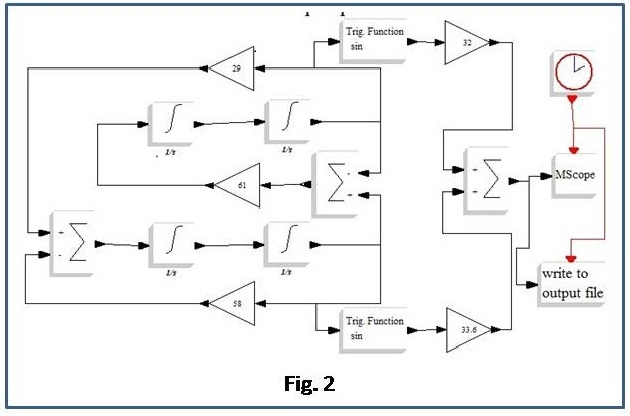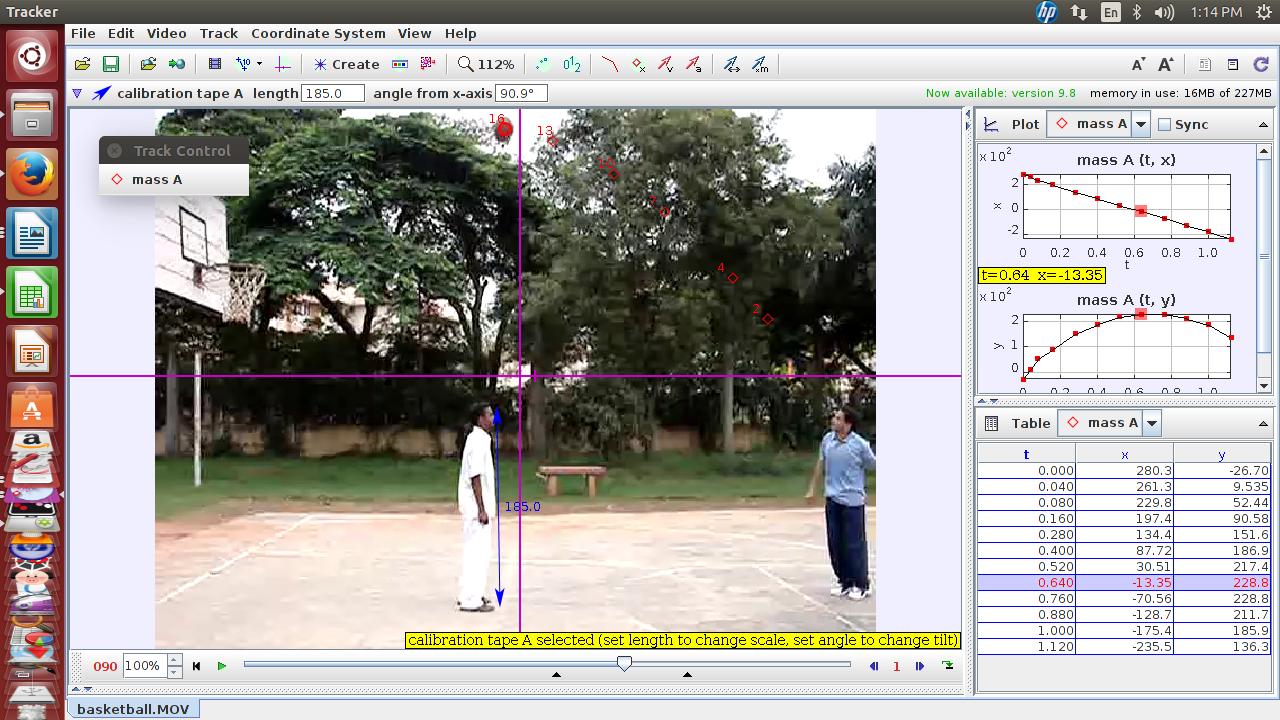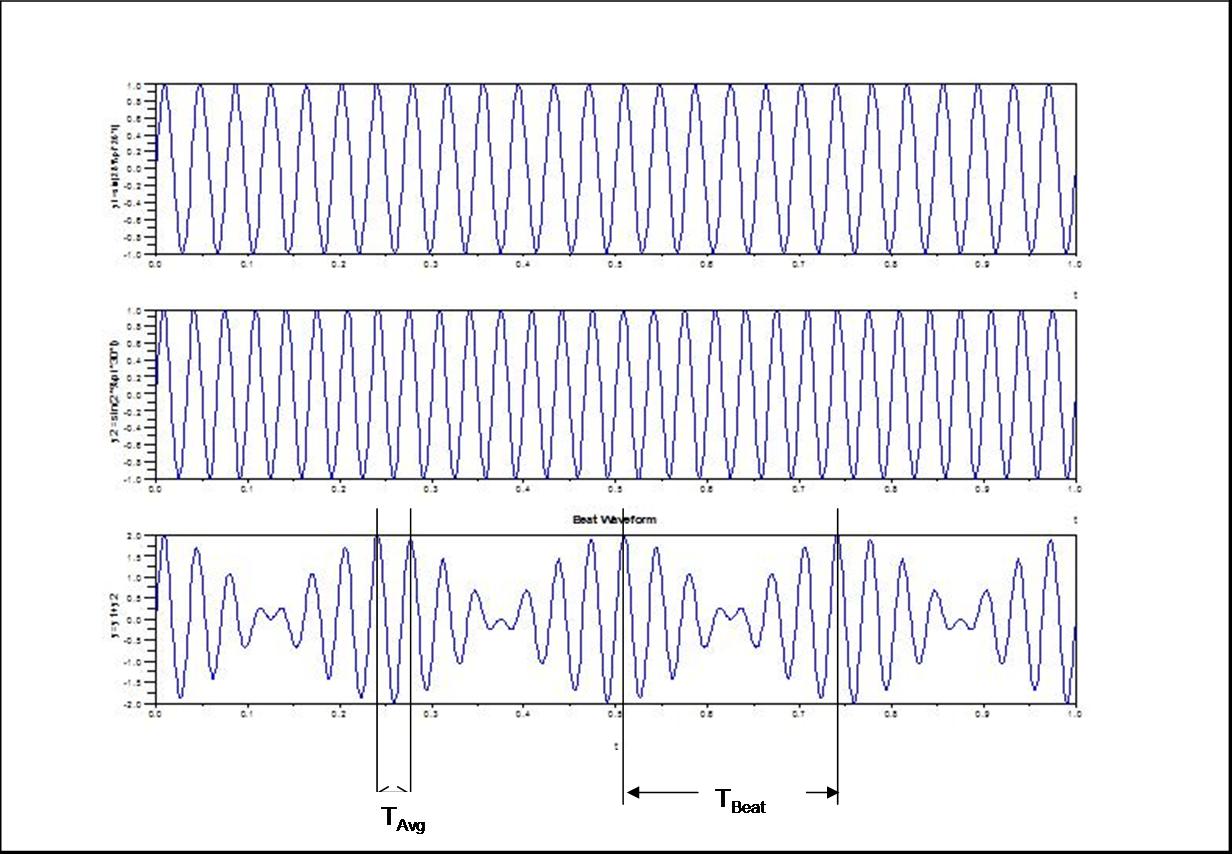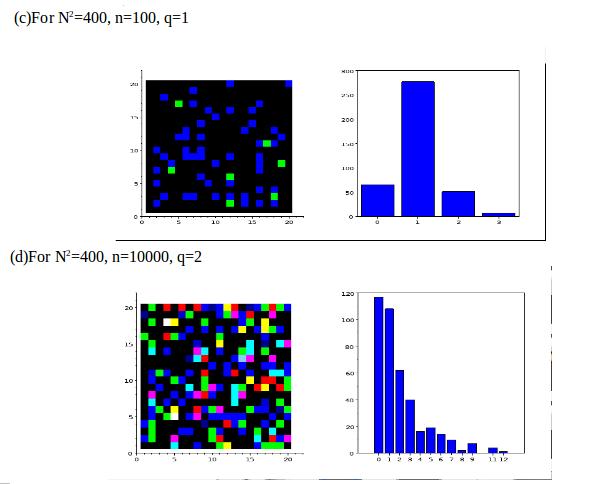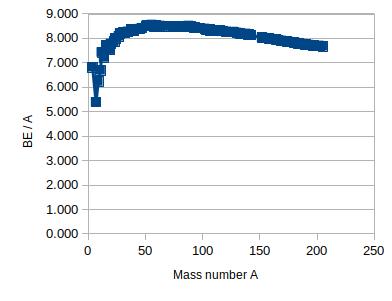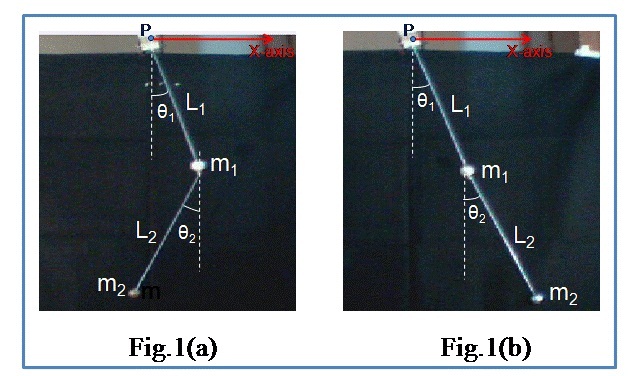
In this course, one shall learn how to perform data acquisition experiments using sensors.
The following experiments shall be covered:
- Mass spring system
- Simple pendulum
- Forced oscillator
- Coupled oscillator
- Double pendulum
- Trainer: Jithin Bhagavathi
- Trainer: sastri oruganti
- Trainer: satya VVV
